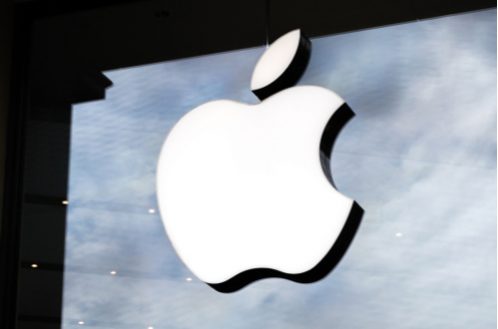
By L. Gordon Crovitz, Wall Street Journal
Politicians and social critics who worry about “the curse of bigness”—and vow to rewrite antitrust law to break up Facebook and Google—forget what happened the last time the government used the law against a Silicon Valley company. In 2012 the government successfully sued Apple for daring to compete with Amazon in selling e-books. The unintended result was not exactly a victory for the consumer or for competition: the continued dominance of Kindle, Amazon’s e-book format and reading device; increased e-book prices; and suppressed e-book innovation.
Chris Sagers, a law professor at Cleveland State University, explains in “United States v. Apple: Competition in America” what he sees as confusion about antitrust law. His analysis can be helpful—he notes the long history of companies invoking claims of “predatory pricing” as a cudgel against more efficient competitors and stresses that consumers often benefit when industries and companies are driven out of business—but he is confused about the case itself.
His thesis is that Apple’s entry into the e-book market was so clearly a violation of antitrust law that critics of the case must not believe in competition. But critics object to an interpretation of antitrust law that ended up punishing Apple for introducing a new pricing approach—an approach that is now common in every other area of online sales. Mr. Sagers forgets the guardrail rule of antitrust: Don’t bring cases against innovations that create more competition.
Consumers were delighted when Amazon launched its Kindle e-reader in 2007, and book publishers were happy to sell books in digital form. But there was an unusual feature. In its selling of e-books, Amazon operated according to the same pricing arrangement that had governed the sale of print books—that is, it bought e-books wholesale and chose its own price for them, just as bookstores had long done with print books. Brick-and-mortar bookstores needed this pricing flexibility for many reasons, not least to clear their inventory of unsold books by means of lower prices. The arrangement let Amazon sell e-books for years as a loss-leader—at the low price of $9.99—to boost profitable sales of its Kindle devices.
Featured News
UK’s CMA Investigates Ardonagh’s Atlanta Group and Markerstudy Merger
Jan 31, 2024 by
CPI
Greenberg Traurig Grow Financial Regulatory and Compliance Practice
Jan 31, 2024 by
CPI
Dutch Regulator Fines Uber €10 Million for Privacy Violations
Jan 31, 2024 by
CPI
DOJ Investigates AI Competition, Eyes Microsoft’s OpenAI Deal: Bloomberg
Jan 31, 2024 by
CPI
Japanese Regulator Approves Korean Air’s Merger with Asiana Airlines
Jan 31, 2024 by
CPI
Antitrust Mix by CPI
Antitrust Chronicle® – The Rule(s) of Reason
Jan 29, 2024 by
CPI
Evolving the Rule of Reason for Legacy Business Conduct
Jan 29, 2024 by
CPI
The Object Identity
Jan 29, 2024 by
CPI
In Praise of Rules-Based Antitrust
Jan 29, 2024 by
CPI
The Future of State AG Antitrust Enforcement and Federal-State Cooperation
Jan 29, 2024 by
CPI